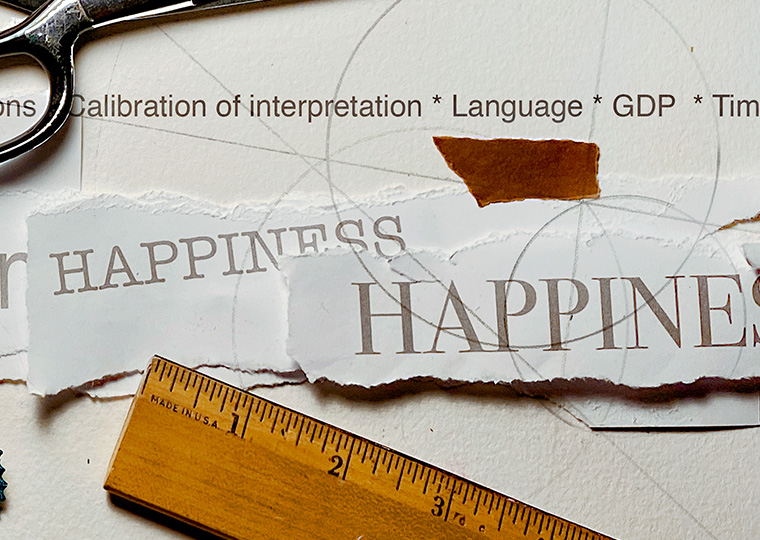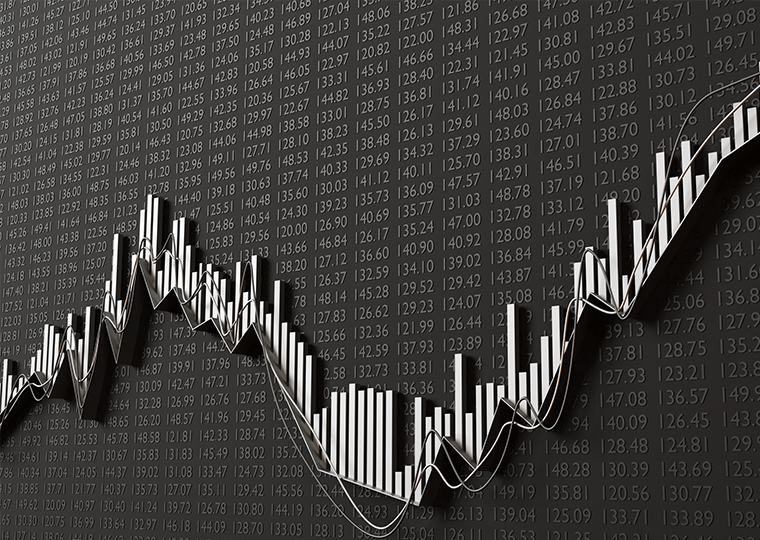Do investors misprice assets, revise their risk appetite or make some other misjudgment?
When credit is easy, to remain competitive, equity investors have to become easy, too, paying a higher price for a house, say; taking on more risk in a stock; accepting a lower return. In hindsight, as a credit boom often leads to a financial crisis, these trade-offs appear obvious.
But they’re not obvious at the time they’re made, nor is the thought process behind the trade-offs. In a paper that became Chapter 8 in the book, “Leveraged: The New Economics of Debt and Financial Fragility,” UCLA Anderson’s Tyler Muir studies the pricing of risk for both stocks and real estate during credit booms from 1870 to 2015 across 17 countries. He looks at credit growth, gross domestic product, real estate and equity returns, and credit spreads (which are the difference in yields for bonds with similar maturities but different credit quality).
Opt In to the Review Monthly Email Update.
Muir also considers potential investor biases around risk and returns.
Abundant credit — giving that we’ve experienced two lending booms since the year 2000 — hardly seems uncommon today. But historically, credit has tended to be much tighter, and its periods of looseness distort behavior in investment markets. Muir sets out to understand this periodic anomaly.
All Sorts of Trouble
Muir observed that when credit grows more than usual, expected excess return — the amount of return over a risk-free rate of return — for equities and housing both fall. Generally, when there is a large increase in credit growth, the risk premium — excess return received for taking more risk — for both equities and housing roughly halves while the likelihood of a crash roughly doubles from normal levels. Additionally, financial crises are more likely when credit spreads are tighter than usual, a condition that suggests investors are failing to fully price the risk of lower-quality bonds. Before financial crises, across the period of study credit spreads were 23% tighter than during noncrisis periods.
Money is money, whether it’s cash or borrowed, and when lenders are handing it out cheaply, equity investors can either sit on the sidelines or adjust their standards to be competitive. During a credit boom, Muir shows that investors are willing to accept lower risk premiums despite the fact that the overall amount of risk in the economy is rising.
Muir tested the following ideas as possible explanations for the anomaly:
- Risk-varying models. These pricing models allow an investor’s level of risk tolerance to vary over time. But the results from these models did not fit the data evidence well enough to determine that the acceptance of lower returns on risk is simply due to investors changing their risk tolerance. Neither did the results support the traditional pricing model, which suggests investors simply overpay during times of loose credit.
- Theoretical model that investors expect returns to remain high. Models can investigate if certain behavioral biases by investors could account for the results. One such behavior involves investors seeing high past returns and believing that future returns will continue to be high. So they take on more risk while they push prices up even further. However, there was not strong data evidence showing that credit booms are always associated with previous high returns.
- Theoretical model that investors expect risk levels to remain low. More promising, though, is the possibility that low past risk could lead investors to view the world as safe and become overly optimistic about risk going forward. These investors then take on excessive risk. This leads to increasing leverage and rising asset prices. The economy eventually becomes fragile and the likelihood of a future financial crisis rises. It’s not until a crisis begins that investors suddenly demand higher risk premiums for holding assets. This action causes prices to crash.
Muir suggests that the final scenario of investors expecting risk levels to remain low has the best fit to the data evidence and warrants further research.
Featured Faculty
-
Tyler Muir
Associate Professor of Finance
About the Research
Schularick, M. (Ed.). (2022). Leveraged: The New Economics of Debt and Financial Fragility. University of Chicago Press.
Muir, T. (2019). Is risk mispriced in a credit boom?. In INET Conference.






